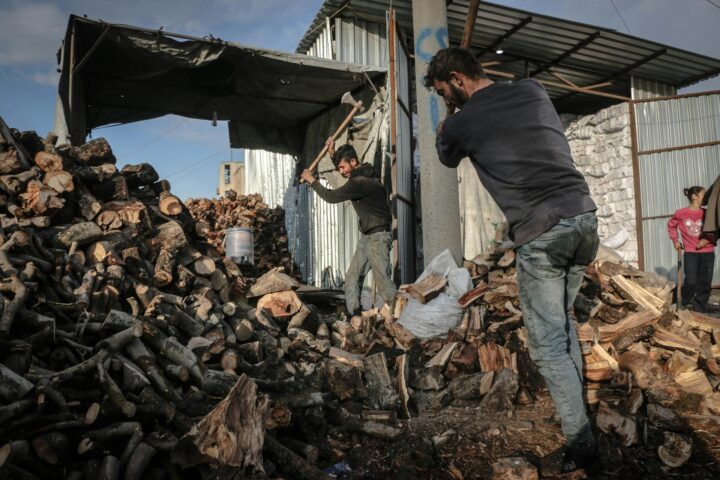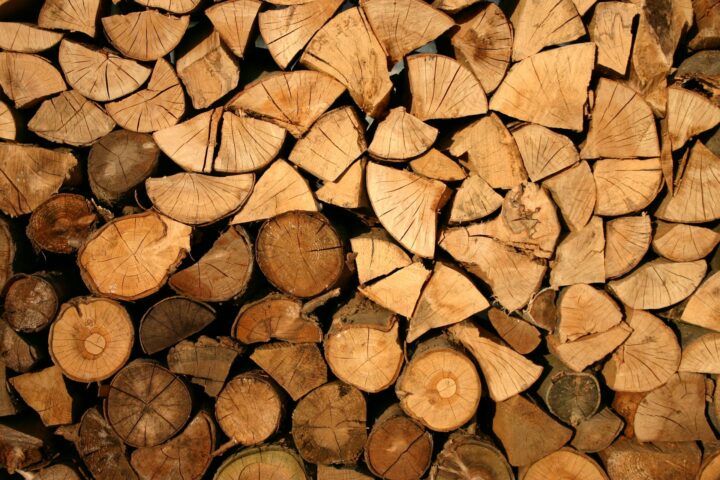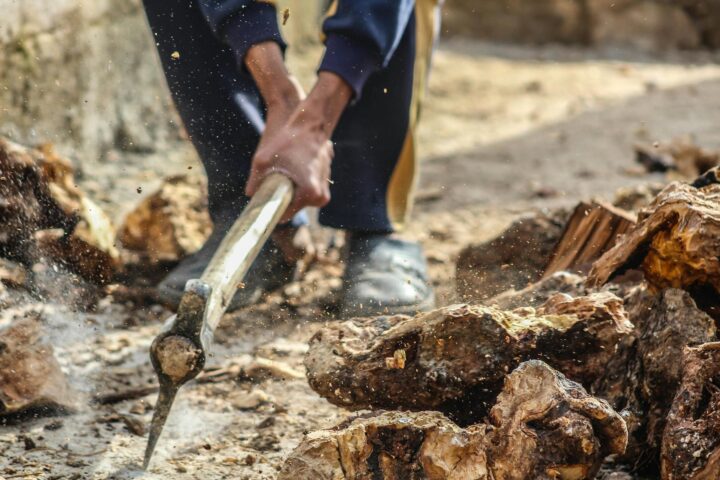-
Can you harvest timber in the winter?
There are a lot of factors that go into harvesting wood that we may not think about at first. While some may be more obvious than others, such as temperature, location, and crowding, other factors such as soil density and compactness may not be something you immediately think of.
There are many things to consider when wanting to harvest timber in the winter. Some may find it worthwhile, others may disagree. Here are the benefits and downfalls of attempting to do so.
What to know about harvesting timber in winter months
For starters, timber is usually harder to come by in the winter, so harvesting your timber during these months may be the best bet for you. If you are looking to keep the timber for yourself to use in your home or outside, this time of year may be a good option.
Here at Green Ridge Forest products, we are one of the only timber buyers in Pennsylvania who offer an on-site sawmill. Because we specialize in this industry, we offer higher quality products than a standalone lumber mill would. Additionally, the convenience of offering sawmill services means we can guarantee lower prices than the competition.
Another item to consider is when harvesting timber in the winter, the ground is either frozen or more dense. This means soil damage is minimized and underground roots may be less susceptible to damage, too. Oftentimes, as winter fades into spring, snow melts and causes large puddles and temporary flooding in some areas. This can push back your timeline for harvesting if you plan to do it in the spring.
Will it be ready to use immediately?
As with any harvested wood, it is advised to wait until the inside is dry before use. This way, your wood is sturdy and not falling apart as you try to use it. This makes harvesting in winter tough since sunlight is a key factor in drying wood.
Less sunlight obviously means slower drying times, so this is another factor to consider when deciding if harvesting in the winter is right for you. A good tip on how to know if your winter wood is dry enough to burn is to take two pieces and hit them against one another. Dry wood makes a sound that exhibits a hollow inside, while moist or damp wood makes a thud.
Still not sure what the best choice is for you? Contact us today and we can help! We have decades of experience in Forestry management and are serious about timber sustainability. We are happy to answer any questions you may have and help you decide what the best route of action is for your timber.
Contact us today to see how we can help you!
Be sure to check out our other blog posts for tips, advice, and insight on Pennsylvania forestry management and buying or selling timber!




